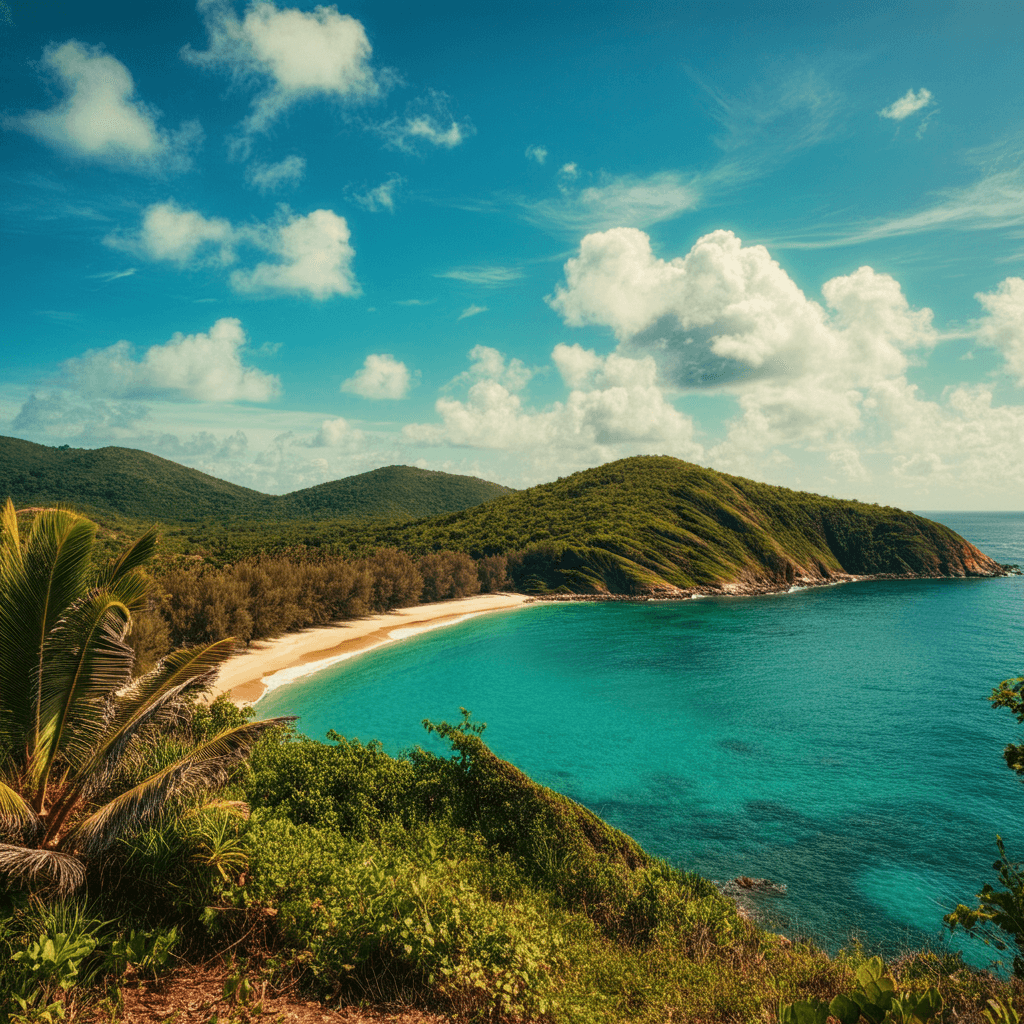
Tired of crowded landmarks and cookie-cutter itineraries? In this guide, we take you off the beaten path to uncover ten of the world’s best-kept secrets. From misty mountain villages to uninhabited tropical isles, these destinations deliver authentic experiences far from the tourist hordes. Whether you’re a seasoned explorer or planning your first unconventional journey, our tips and insights will help you craft an unforgettable adventure.
1. Yakushima Island, Japan
Yakushima is a UNESCO World Heritage site renowned for its ancient cedar forests, moss-covered trails, and wild waterfalls. Hike through mystical woods populated by Jōmon Sugi, one of the world’s oldest living trees, and cool off in natural hot springs at the end of the day.
- Best time to visit: May to October for clear trails and mild weather
- How to get there: Ferry from Kagoshima or a short flight to Yakushima Airport
- Insider tip: Book permits in advance for multi-day treks and stay at a rustic ryokan near Shiratani Unsuikyo

2. Ushguli, Georgia
Perched at 2,100 meters in the Svaneti region, Ushguli claims to be Europe’s highest permanently inhabited village. Surrounded by snow-capped peaks and medieval watchtowers, it feels like stepping back into another era.
- Best time to visit: June to September for accessible roads and warm days
- How to get there: 4×4 drive from Mestia or join an organized mountain tour
- Insider tip: Sample local chacha (grape spirit) and hearty supras (feasts) with a Svaneti family
3. Comporta, Portugal
Just an hour south of Lisbon, Comporta is a bohemian paradise of golden dunes, rice paddies, and pastel-hued fishing villages. Surf world-class breaks by day and dine on farm-to-table seafood by night.
- Best time to visit: April to June and September to October for mild weather and fewer crowds
- How to get there: Drive or shuttle from Lisbon Airport
- Insider tip: Rent a bike to explore hidden beaches like Carvalhal and Pego
4. Togean Islands, Indonesia
Tucked away in Central Sulawesi, the Togean archipelago boasts turquoise lagoons, vibrant coral reefs, and stilt-house villages. Snorkel with turtles, relax on deserted white-sand beaches, and witness bioluminescent plankton after dark.
- Best time to visit: March to October for calm seas and clear visibility
- How to get there: Boat from Ampana pier after a train or bus ride from Palu
- Insider tip: Stay in a family-run homestay on Wakai Island for genuine island hospitality

5. Maramureș, Romania
Nestled in the Carpathians, Maramureș is a land of wooden churches, rolling hills, and timeless traditions. Witness horse-drawn carts, colorful folk costumes, and centuries-old craftsmanship in its quaint villages.
- Best time to visit: May to September for festivals and fair weather
- How to get there: Train to Baia Mare followed by a regional bus or car rental
- Insider tip: Attend a local wedding or harvest celebration for an immersive cultural experience
6. Isla Holbox, Mexico
This car-free island off the Yucatán Peninsula is famed for pristine beaches, flamingo colonies, and whale shark encounters. Kayak through mangroves, stargaze on deserted shores, and savor fresh ceviche at beachside palapas.
- Best time to visit: May to September for whale shark season
- How to get there: Ferry from Chiquilá after a bus or rental drive from Cancún
- Insider tip: Rent a golf cart to explore hidden lagoons and quiet fishing hamlets
7. Luang Namtha, Laos
Luang Namtha province is a gateway to remote hill-tribe villages, dense jungles, and the legendary Nam Ha National Protected Area. Trek through rice terraces, raft down misty rivers, and stay with ethnic communities.
- Best time to visit: November to April for dry trails and clear skies
- How to get there: Bus or minivan from Luang Prabang or Vientiane
- Insider tip: Book a multi-day eco-tour to support sustainable community projects
8. Kolukkumalai Tea Farm, India
At over 2,100 meters in the Western Ghats, Kolukkumalai boasts the world’s highest tea estate. Wander misty plantations, sip freshly brewed chai, and watch the sunrise over rolling hills dotted with tea pluckers.
- Best time to visit: October to March for cool weather and lush greenery
- How to get there: Rugged jeep ride from Munnar or Theni town
- Insider tip: Tour the processing factory early morning to see leaf-to-cup production
9. Ilhéu das Rolas, São Tomé and Príncipe
Cross the equator on this tiny island south of São Tomé. Relax on volcanic black-sand beaches, snorkel in crystal-clear water, and observe rare birdlife in the central forest reserve.
- Best time to visit: June to September for drier weather
- How to get there: Ferry from São Tomé city port
- Insider tip: Stay at the equator-line resort and attend the nightly astronomer’s talk

10. Kuldīga, Latvia
Often called Europe’s most charming small town, Kuldīga features cobblestone streets, a UNESCO-protected old town, and the widest natural waterfall in Europe. Explore hidden courtyards and pastel-colored buildings along the Venta River.
- Best time to visit: May to September for river swims and open-air markets
- How to get there: Drive or bus from Riga followed by a short river ferry trip
- Insider tip: Time your visit for the annual Fish Jumping Festival in July
Planning Your Own Off-the-Beaten-Path Adventure
Research local customs and language basics to connect respectfully with residents. Learn a few key phrases, dress appropriately, and ask permission before photographing people or their property.
Book flexible transport like refundable ferries or 4×4 hires. Remote roads and weather can change plans quickly, so allow extra time and have backup options.
Pack light but prepared with versatile clothing layers, sturdy footwear, and essential gear such as a headlamp, portable charger, and first-aid kit. Water purification tablets are invaluable in off-grid areas.
Support community tourism by choosing locally owned guesthouses, restaurants, and guides. Your spending helps preserve culture and environment, ensuring hidden treasures remain undiscovered by mass tourism.
Respect nature by following Leave No Trace principles. Carry reusable water bottles, avoid single-use plastics, and stick to marked paths to protect fragile ecosystems.
Conclusion
Off-the-beaten-path travel rewards curiosity and a spirit of discovery. By venturing beyond postcard landmarks, you gain deeper insights, build meaningful connections, and create stories no guidebook can capture. Pack your bags, chart your unique route, and experience the world as few have before.

















No Comments